 |
| The Buddhist Sakyians were Scythians. |
- What's a Buddhist stupa (pagoda)? It's a Scythian kurgan (a customary burial site of Saka-Scythians), a tumulus or barrow -- structures created by heaping earth and stones over a burial chamber. The Scythians had them for millennia, long before the Buddha renewed the ancient custom. These burial mounds once had Scythian owners on the flat plains of present-day Ukraine, and in 2001 there was a discovery of an undisturbed royal Scythian burial-barrow. The Buddha said they were suitable for the burial of "noble ones," namely, enlightened beings and world monarchs who rule by Dharma.

 Siberia, which is now a part of Russia, stretches west to east from the Ural Mountains to the north Pacific Ocean, north to south from the Ural Mountains to Mongolia.
Siberia, which is now a part of Russia, stretches west to east from the Ural Mountains to the north Pacific Ocean, north to south from the Ural Mountains to Mongolia.That's 3,500 miles by 2,100 miles, a region that covers 10% of the earth’s land mass. It is completely covered with snow from November to February. Although large parts of Siberia are populated by humans, there is a huge radius that remains desolate.
Obviously, such a large chunk of land rarely visited for thousands or even millions of years, must yield some interesting long lost artifacts and remains. Here are five amazing Siberian finds.





















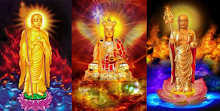



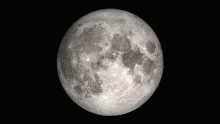















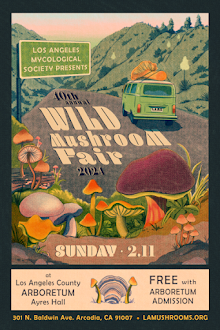

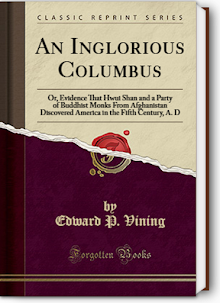


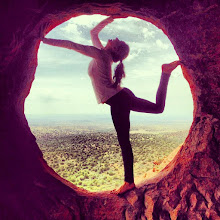
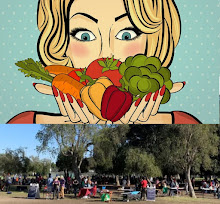


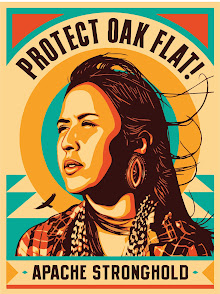






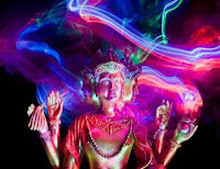


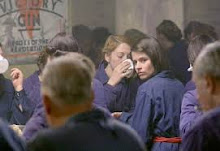


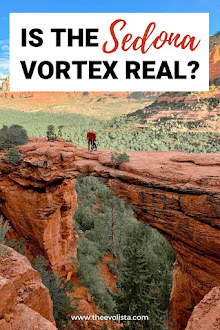



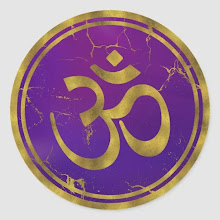
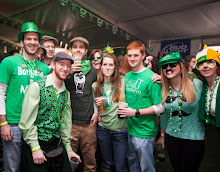




















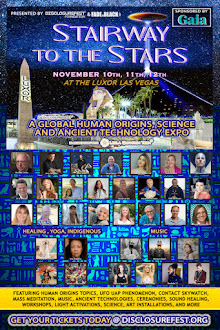









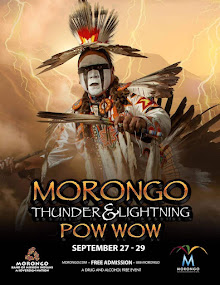
















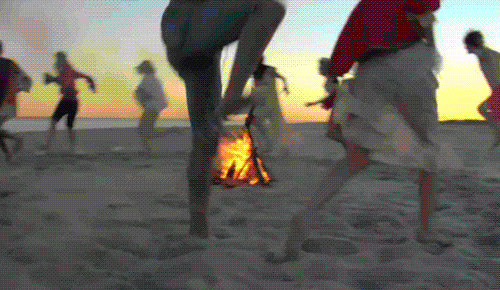





























































































































No comments:
Post a Comment